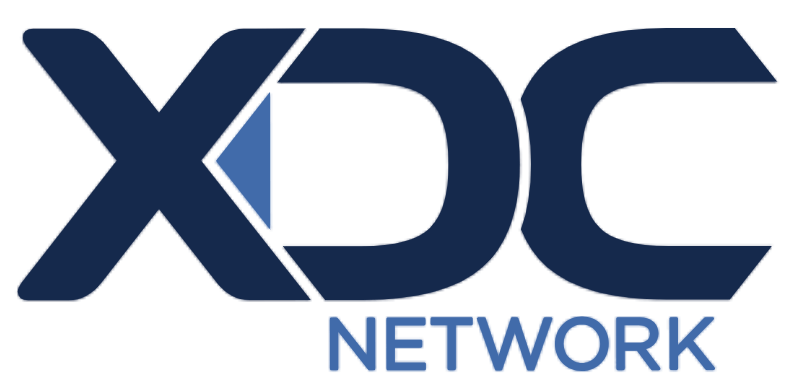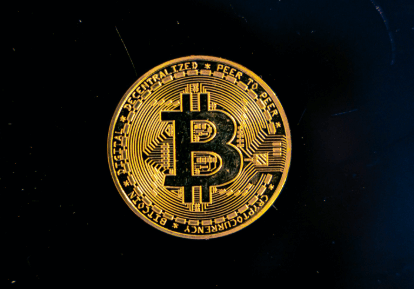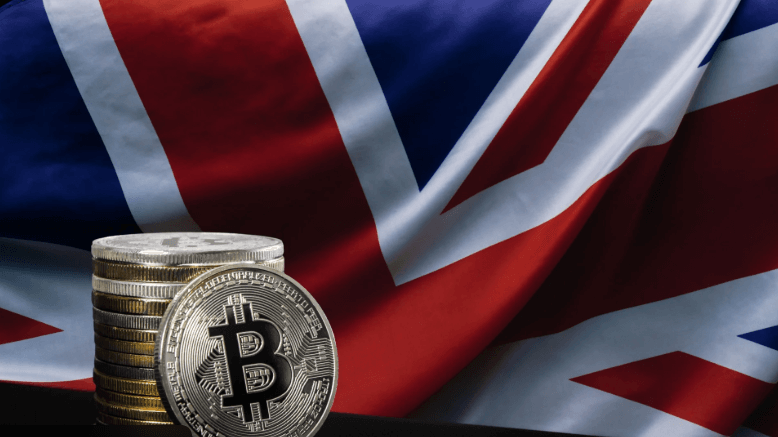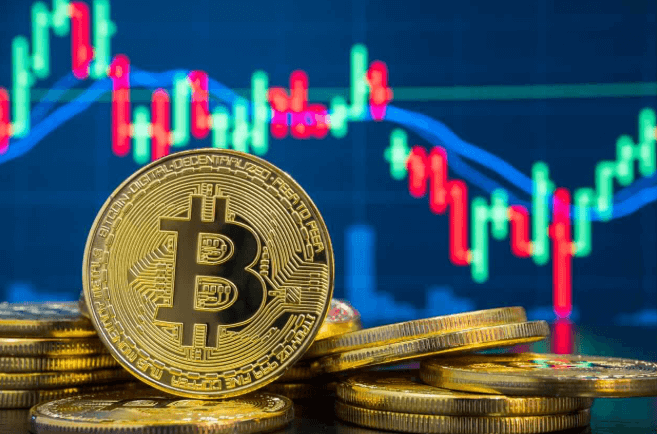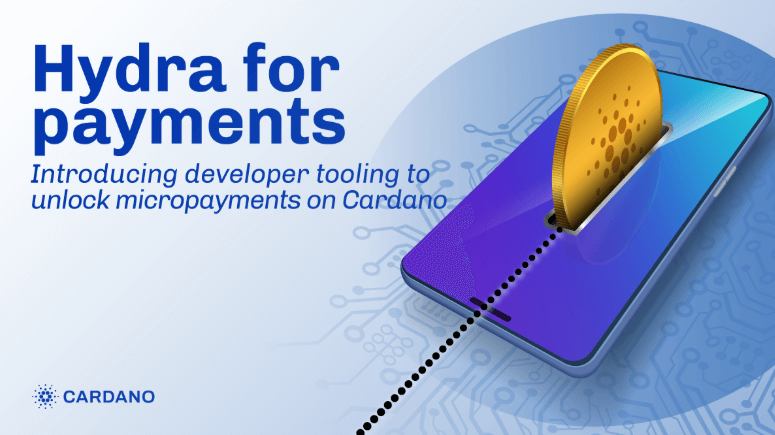Tether, the issuer of the world’s largest stablecoin USDT, has announced an increase in its Bitcoin holdings as part of its strategic reserve management. This move underscores Tether’s commitment to strengthening its financial backing and diversifying its asset reserves, reinforcing confidence in the stability of USDT amid the evolving cryptocurrency market.

A Strategic Move to Bolster Stability
Tether has been steadily increasing its Bitcoin reserves over the past year, recognizing Bitcoin’s role as a hedge against inflation and a store of value. According to the company’s latest financial disclosures, a significant portion of its excess reserves is now allocated to Bitcoin, alongside traditional assets such as U.S. Treasury bonds and cash equivalents. By holding Bitcoin, Tether aims to enhance the resilience of its reserves while taking advantage of Bitcoin’s long-term appreciation potential.
The decision aligns with Tether’s broader strategy of improving transparency and strengthening investor trust. Given the increasing scrutiny of stablecoins by regulators worldwide, Tether has been making efforts to publish detailed reports on its reserve composition, reassuring users about the liquidity and backing of USDT.
Market Implications and Investor Sentiment
The announcement has sparked discussions within the crypto community about the potential impact of Tether’s growing Bitcoin reserves on the broader market. As the largest stablecoin by market capitalization, USDT plays a critical role in crypto trading, acting as a bridge between fiat and digital assets.
Some analysts believe that Tether’s accumulation of Bitcoin could contribute to increased institutional confidence in digital assets, as it signals the growing acceptance of Bitcoin as a reliable reserve asset. Others, however, caution that the strategy may expose Tether to Bitcoin’s price volatility, which could introduce additional risks to the stablecoin’s reserve structure.
Regulatory Considerations and Future Outlook
Tether’s move to increase Bitcoin reserves comes at a time when stablecoin issuers are facing heightened regulatory scrutiny. Authorities in the U.S. and Europe are exploring regulatory frameworks that could impact stablecoin reserve requirements and transparency standards. By proactively bolstering its asset reserves, Tether may be positioning itself to comply with potential regulatory mandates while reinforcing its commitment to financial stability.
Looking ahead, Tether’s strategy could set a precedent for other stablecoin issuers considering diversification of their reserves beyond traditional assets. As Bitcoin continues to gain mainstream adoption, its role in the financial system could expand further, potentially influencing how digital asset reserves are managed in the future.
Tether’s latest reserve strategy marks another step in the evolution of the stablecoin market, highlighting the intersection of digital assets, financial stability, and regulatory adaptation. Whether this move strengthens or complicates Tether’s market position will depend on how effectively the company balances Bitcoin’s potential benefits with its inherent volatility.
Disclaimer: This article is for informational purposes only and is not investment advice. Investors should research carefully before making any decisions. We are not responsible for your investment decisions.



